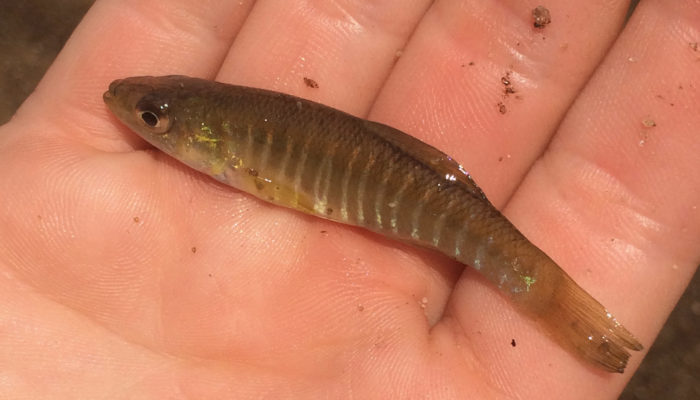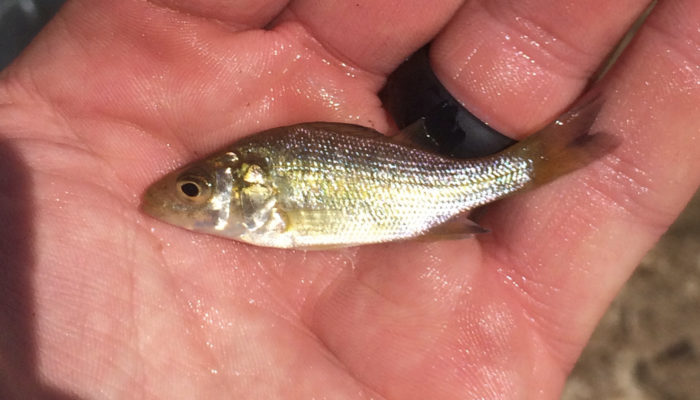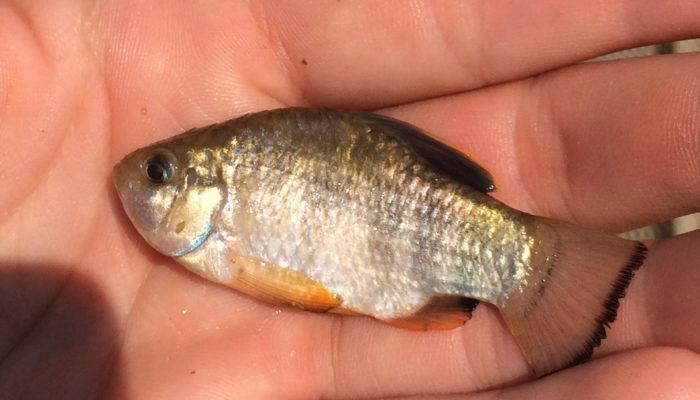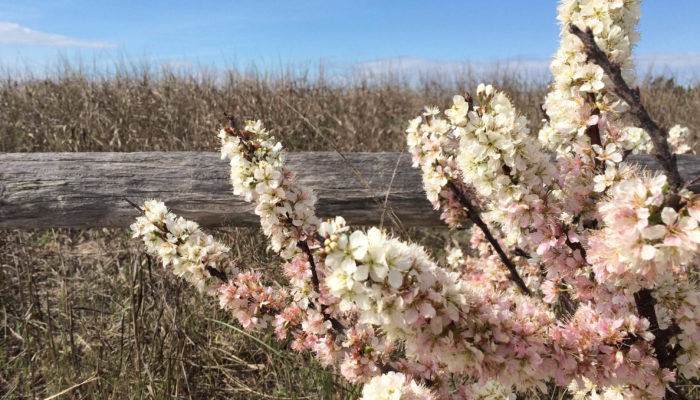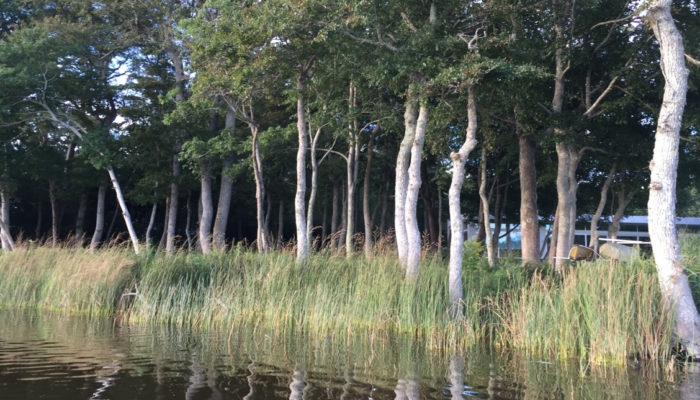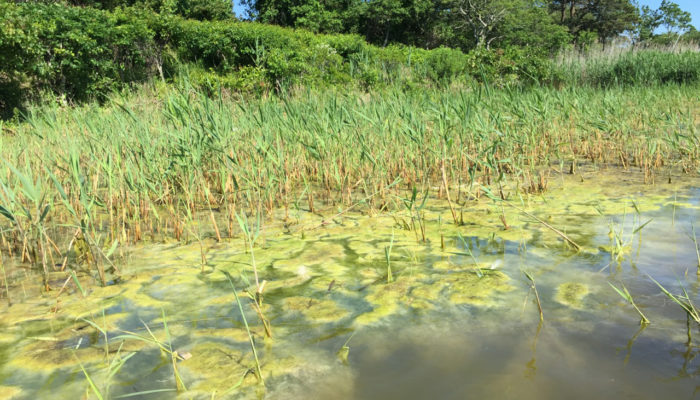Georgica Pond is home to many interesting and beautiful species of plants and animals. As good stewards of the pond, it is important to remember that we share this resource with them.
The information provided here is not intended to be comprehensive, but just a listing and brief description of some of the most common and conspicuous species you are likely to encounter at Georgica Pond and its immediate shoreline and beach.
Birds
Approximately 70 species are regularly spotted at Georgica Pond. The eBird checklist here provides the most common species. Of special note are the beach nesting birds which are vulnerable to human disturbance because they nest right on the beach during our own peak use of the beach. The State endangered piping plover and the State threatened least tern should be admired from afar and not approached. See the August 2017 E-Newsletter for more details on these two birds.
Fish & Crustaceans
Georgica Pond has provided fish and crustaceans for humans since before recorded history. The blue crab (Callinectes sapidus) is the Pond’s most famous resident. You must have a shellfish permit from the East Hampton Town Trustees to catch them and be sure to respect the catch limits and other’s enjoyment of the pond. More detailed information on the beautiful swimmer can be found in the July 2017 E-Newsletter. Another crustacean, the grass shrimp has also been found in seine nets at the Pond.
Georgica Pond is very important to finfish, especially bait fish and juvenile fish who take refuge from predators in the Pond. In the past, commercial fisherman worked the pond regularly. An estimated catch and its value from the late 1980s is provided here from the East Hampton Town Trustee’s records. Today, only a few baymen still work the Pond.
The following species of fish have been recorded at the Pond by either the East Hampton Town Natural Resources Department or Dr. Bradley Peterson of Stony Brook University:
- Flounder
- Mummichog
- Permit
- Sheepshead Minnow
- Silverside
- Stickleback
- Pompano
- Rainwater Killifish
- Striped Killifish
- White Perch
- Atlantic Menhaden
- American Eel
Photos by Steve Heck.
Reptiles & Amphibians
The reptiles and amphibians of Georgica Pond have not been extensively studied. The most conspicuous species is the amazing common snapping turtle (Chelydra serpentina) which despite being a fresh water species, can tolerate brackish water such as at Georgica Pond. “Snappers” can be easily seen coming up for air at the Pond. They rarely bask like other turtles. If encountered, do not provoke them, their bite can break bones.
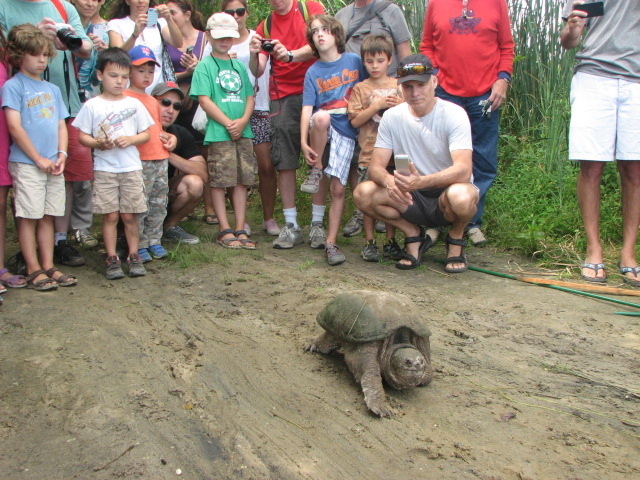
Plants
There are three micro plant habitats affiliated with Georgica Pond, the pond itself, the marshy shoreline and the beach/dune.
The water of Georgica Pond can range from full seawater to brackish to fresh. Salinity, wind, available soil moisture and soil type are the main ecological factors influencing where plants at Georgica Pond are able to grow.
Submerged and Floating
- Clasping-leaf Pondweed (Potamogeton perfoliatus)
- Sago Pondweed (Stuckenia pectinata)
- Algae species include Cladophora sp.and Polysiphonia
Marshy Shoreline
- Slough grass, Spartina pectinata
- Saltwater cordgrass, Spartina alterniflora
- Saltmeadow cordgrass, Spartina patens
- Three-square bulrush, Schoenoplectus americanus
- Dwarf spikerush, Eleocharis parvula
- Common Reed Grass, Phragmites australis
- Crimsoneye rosemallow, Hibiscus moscheutos
- Eastern Baccharis, Baccharis halimifolia
- Marsh Elder, Iva fructescens
Dune & Beach
- American beachgrass, Ammophilia breviligulata
- Sea Rocket, Cakile edentula
- Beach Pea, Lathyrus maritimus
- Beach Plum, Prunus maritimus
- Bayberry, Myrica Pennsylvanica









